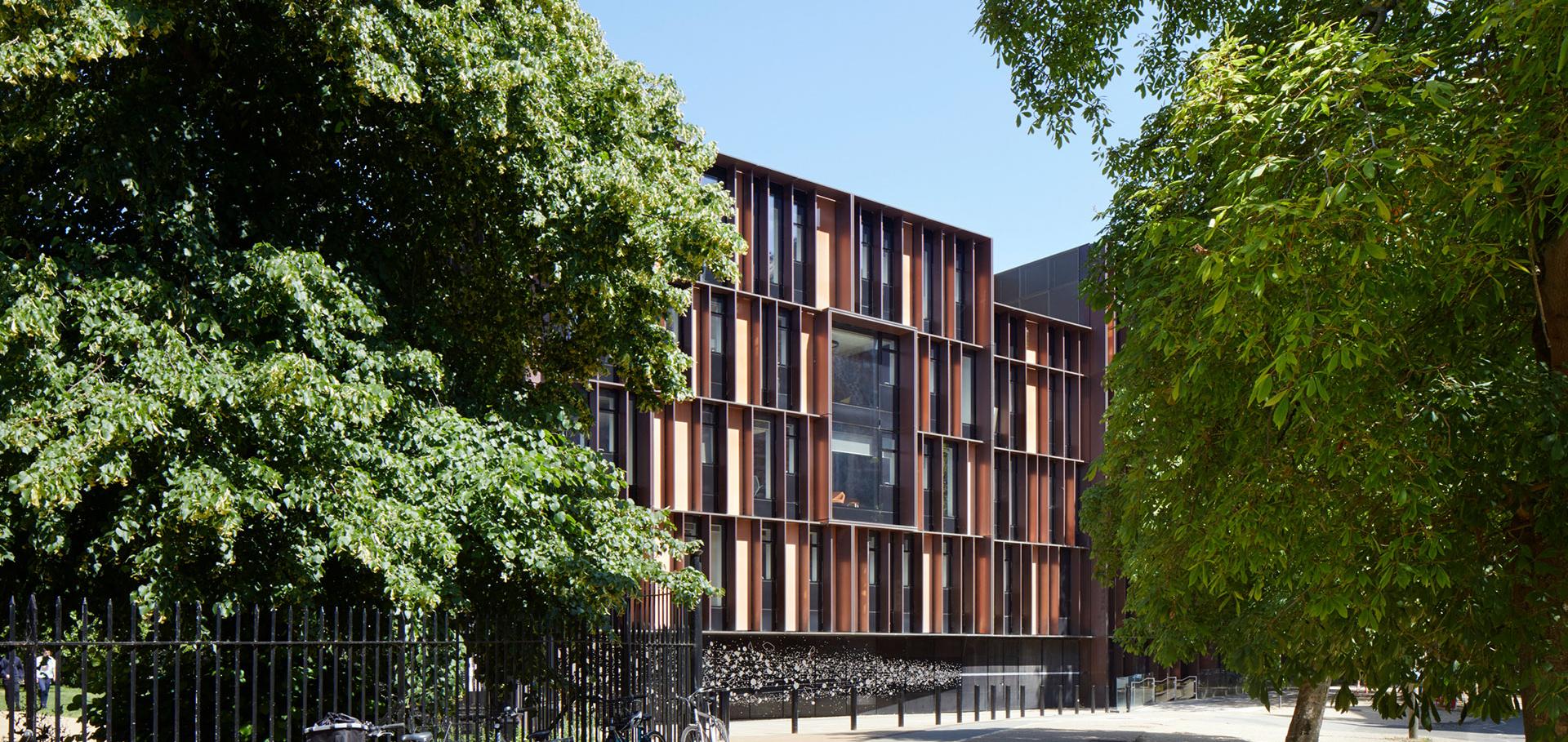Morphological analysis of polar landing regions for a solar powered ice drilling mission
Icarus Elsevier 411 (2024) 115927
Bidirectional reflectance distribution function measurements of the Winchcombe meteorite using the Visible Oxford Space Environment Goniometer
Meteoritics and Planetary Science Wiley 59:5 (2023) 1029-1042
Abstract:
A laboratory study was performed using the Visible Oxford Space Environment Goniometer in which the broadband (350–1250 nm) bidirectional reflectance distribution function (BRDF) of the Winchcombe meteorite was measured, across a range of viewing angles—reflectance: 0°–70°, in steps of 5°; incidence: 15°, 30°, 45°, and 60°; and azimuthal: 0°, 90°, and 180°. The BRDF dataset was fitted using the Hapke BRDF model to (1) provide a method of comparison to other meteorites and asteroids, and (2) to produce Hapke parameter values that can be used to extrapolate the BRDF to all angles. The study deduced the following Hapke parameters for Winchcombe: w = 0.152 ± 0.030, b = 0.633 ± 0.064, and hS = 0.016 ± 0.008, demonstrating that it has a similar w value to Tagish Lake (0.157 ± 0.020) and a similar b value to Orgueil (0.671 ± 0.090). Importantly, the surface profile of the sample was characterized using an Alicona 3D® instrument, allowing two of the free parameters within the Hapke model φ and (Formula presented.), which represent porosity and surface roughness, respectively, to be constrained as φ = 0.649 ± 0.023 and (Formula presented.) = 16.113° (at 500 μm size scale). This work serves as part of the characterization process for Winchcombe and provides a reference photometry dataset for current and future asteroid missions.Characteristics of de Gerlache crater, site of girlands and slope exposed ice in a lunar polar depression
Icarus Elsevier 388 (2022) 115231
The Winchcombe meteorite, a unique and pristine witness from the outer solar system
Science Advances American Association for the Advancement of Science 8:46 (2022) eabq3925
Abstract:
Direct links between carbonaceous chondrites and their parent bodies in the solar system are rare. The Winchcombe meteorite is the most accurately recorded carbonaceous chondrite fall. Its pre-atmospheric orbit and cosmic-ray exposure age confirm that it arrived on Earth shortly after ejection from a primitive asteroid. Recovered only hours after falling, the composition of the Winchcombe meteorite is largely unmodified by the terrestrial environment. It contains abundant hydrated silicates formed during fluid-rock reactions, and carbon- and nitrogen-bearing organic matter including soluble protein amino acids. The near-pristine hydrogen isotopic composition of the Winchcombe meteorite is comparable to the terrestrial hydrosphere, providing further evidence that volatile-rich carbonaceous asteroids played an important role in the origin of Earth’s water.NASA's Lunar Trailblazer Mission: A Pioneering Small Satellite for Lunar Water and Lunar Geology
Institute of Electrical and Electronics Engineers (IEEE) 00 (2022) 1-14


